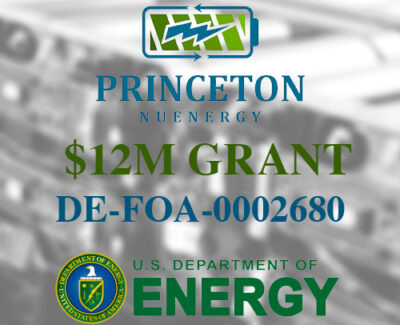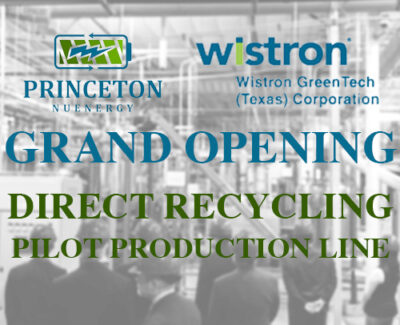Science Direct
Low temperature oxidation and pyrolysis of n-heptane in nanosecond-pulsed plasma discharges
Aric Rousso, Yang Suo, Joseph Lefkowitz, Sun Wenting, Ju Yiguang
Published 5 October 2016
The present study seeks to explore the parametric effects of oxygen concentration, argon dilution and plasma discharge frequency on pyrolytic and oxidative reaction pathways of n-heptane assisted by non-equilibrium plasma discharge. Low temperature reaction pathways of n-heptane/O2/Ar mixtures with a nanosecond repetitively pulsed plasma discharge are experimentally investigated in both in situ time-dependent TDLAS and steady state gas sampling diagnostics. Fuel consumption is found to be more effective in higher argon than higher oxygen concentrations, indicating higher electron number densities with argon dilution is more effective than direct electron impact dissociation of oxygen. Steady state sampling results suggest a linear trend of n-heptane dissociation and product species formation with increasing plasma frequency, with different major product species for oxidation and pyrolysis. In the time-dependent measurements, the comparison between experiments and numerical modeling show that formation of a major intermediate species, formaldehyde, is significantly under-predicted while fuel and water production are over-predicted. This discrepancy suggests missing reactions in the current model, possibly involving excited alkyl peroxide radicals.




